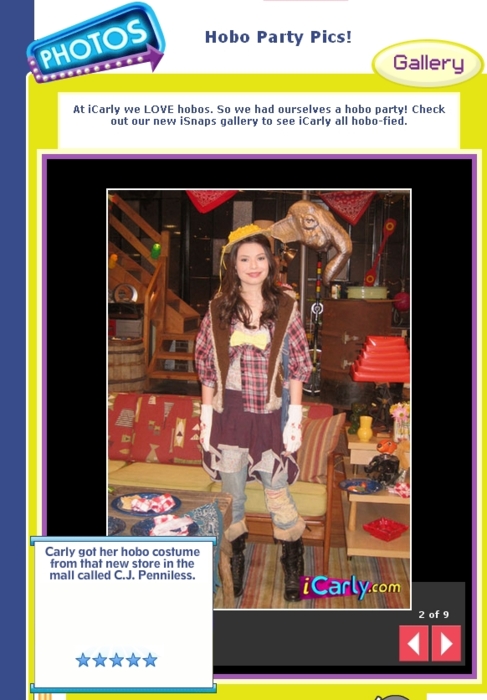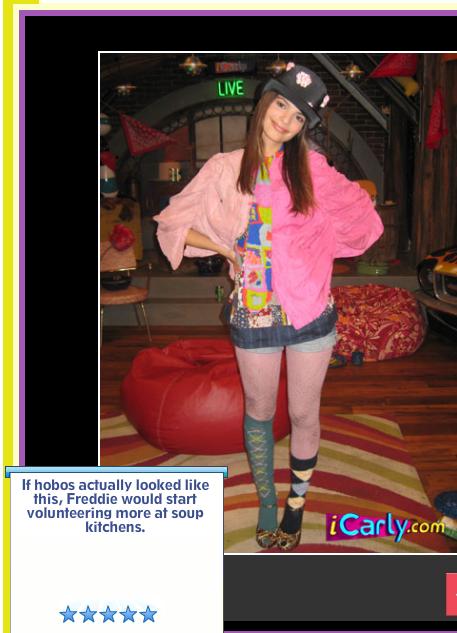“Ha ha! It’s the same Hobo from before!” the kid in the front row sneered, looking around the room to ensure that his classmates were laughing.
I had put on “The Pursuit of Happyness” for kids to watch during class, in preparation for the essays that we’ll be writing. The first is about how Gardner displays perseverance throughout the story, and the second is about the impact that homelessness has on Americans.
This kid clearly has a lot to learn about homelessness.
He doesn’t know that there is probably a homeless kid sitting in one of his classes.
I’ve been teaching for a decade, and have come to recognize how little I truly understand about my students. There are kids who have parents arguing through a divorce, kids who are struggling with depression, anxiety, and certainly homelessness.
I did my student teaching with kids who were living in the Boys’ and Girls’ Homes in Grafton. These were the first kids who helped me to learn what it means to be a teacher.
With their help, I realized very early in my teaching career that my students face uphill battles each day.
I decided to do this unit on homelessness because I want to confront the problems that my kids are facing. Typically, my seventh graders don’t honestly see the impact of their words, and how their actions can hurt others.
It is my job to teach the kids about research, about crafting essays, and about evaluating evidence. I love that I get to work in a district where I’m allowed the autonomy to choose the topic; this year, I dared to venture down a path that is painful. When watching this film and first beginning to consider homelessness, it quickly became evident that many of my students understand little about the struggles that Americans face.
This kid giggling during “The Pursuit of Happyness” along with a number of others, throw around the term, “Hobo.” Did you know that there is a Disney show where the characters throw a “Hobo Party?” There are pages on Pinterest dedicated to the topic, and kids don’t understand the true struggles that are connected with being homeless.


My hope is that Will Smith’s moving performance in “The Pursuit of Happyness” will help them begin to empathize with those who find themselves homeless. I hope that kids will be ready to deplore iCarly’s “Hobo Parties” when they understand how many Americans are living with homelessness, and how it effects them. Through their research, I hope that my students begin to understand how complicated this issue is, and how awful it is to be homeless.
And for that kid in my class who is living without a home, I hope that he sees that I’m trying to help others understand him just a little bit better.



